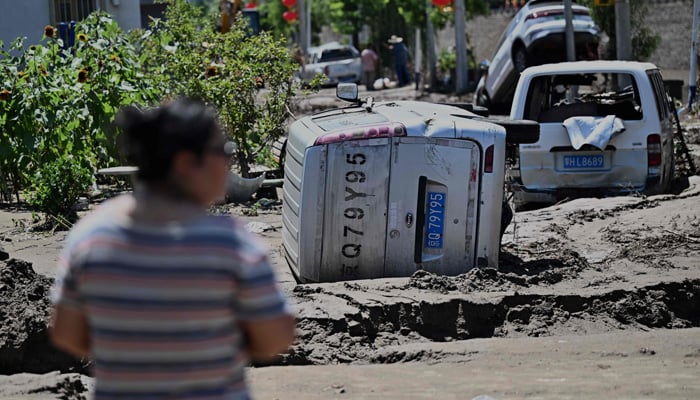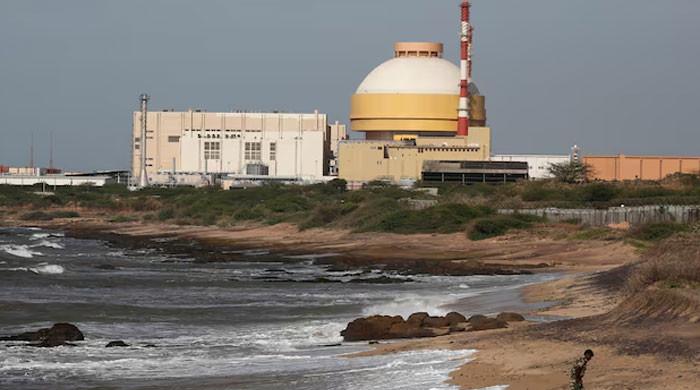10 confirmed dead in north China bus accident: state media
Dozens of roads were closed, villages lost electricity and homes were submerged due to rainstorms
July 30, 2025

Ten people have been confirmed dead after a bus went missing on Sunday in China's northern Shanxi province, as heavy rain lashed the region this week, the country's media said Wednesday.
Torrential rain and floods in swaths of northern China have killed at least 48 people and forced the evacuation of tens of thousands this week.
Dozens of roads were closed, villages lost electricity and homes were submerged due to the rainstorms.
The 10 people found dead had been riding a bus on Sunday morning when it went missing in the city of Datong, the official Xinhua news agency said.
Search efforts will continue for four people still missing, it added.
One body had been discovered downstream in the area, Xinhua reported on Sunday.

The downpour has killed 30 people in Beijing, with the death toll highest in Miyun, a northeastern suburb.
And in Hebei province, which encircles the capital, a landslide in a village killed eight people, with four still missing, state broadcaster CCTV said Tuesday.
Natural disasters are common across China, particularly in the summer when some regions experience heavy rain while others bake in searing heat.
China is the world's largest emitter of greenhouse gases, which scientists say drive climate change and contribute to making extreme weather more frequent and intense.
But it is also a global renewable energy powerhouse that aims to make its massive economy carbon-neutral by 2060.









